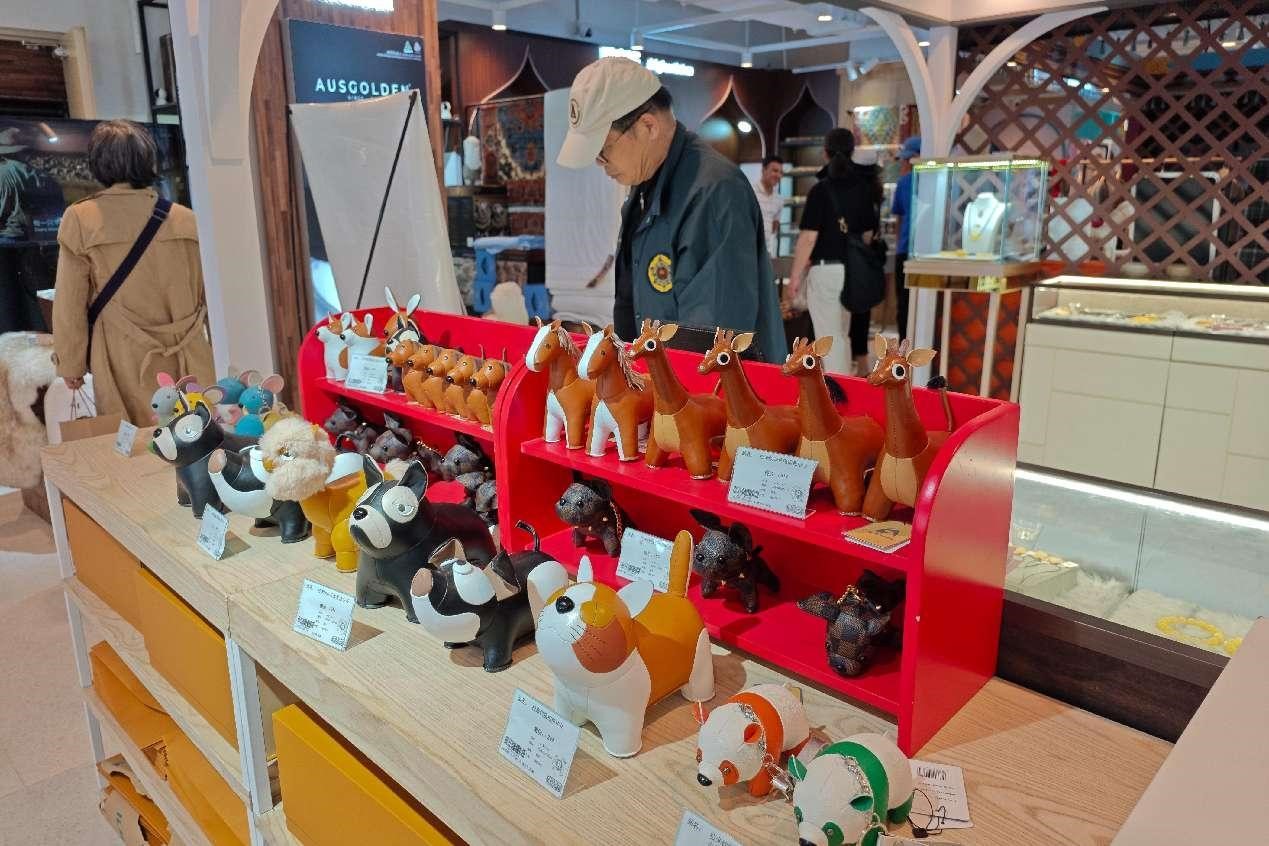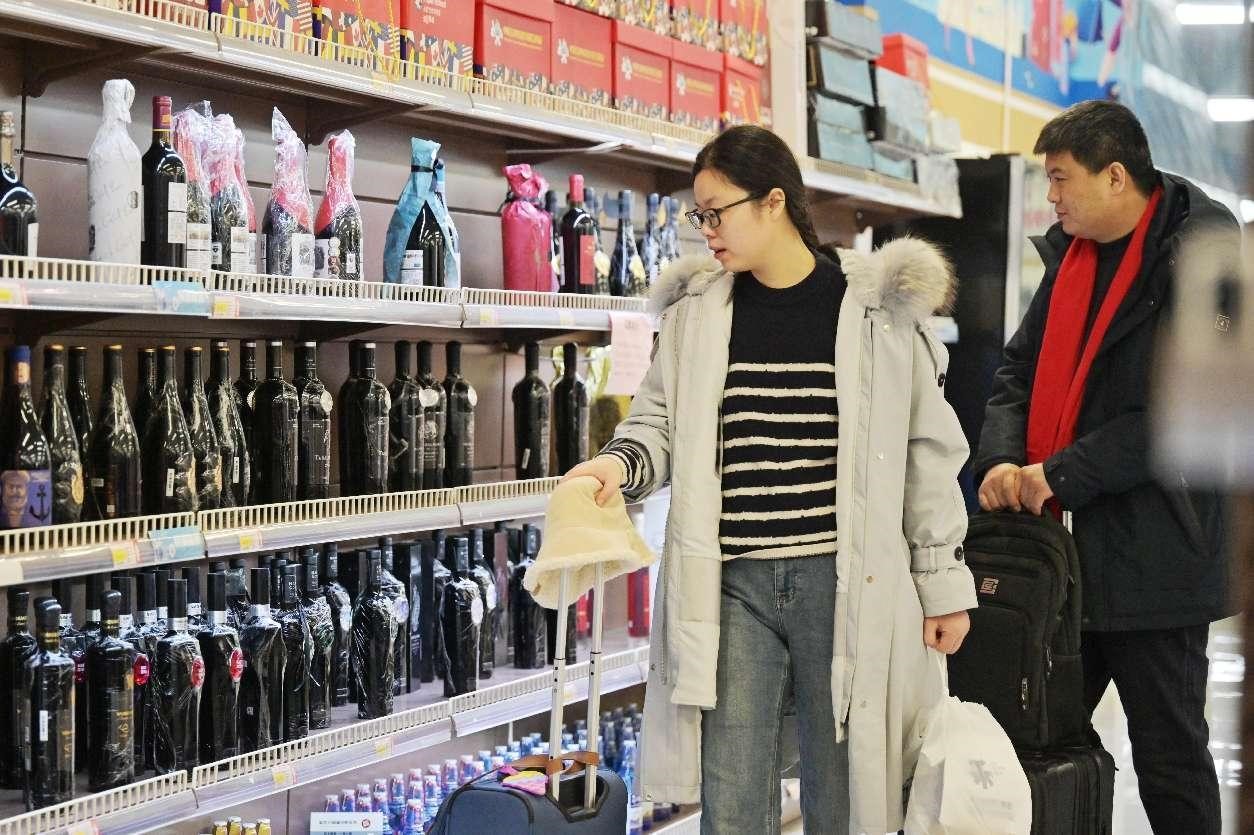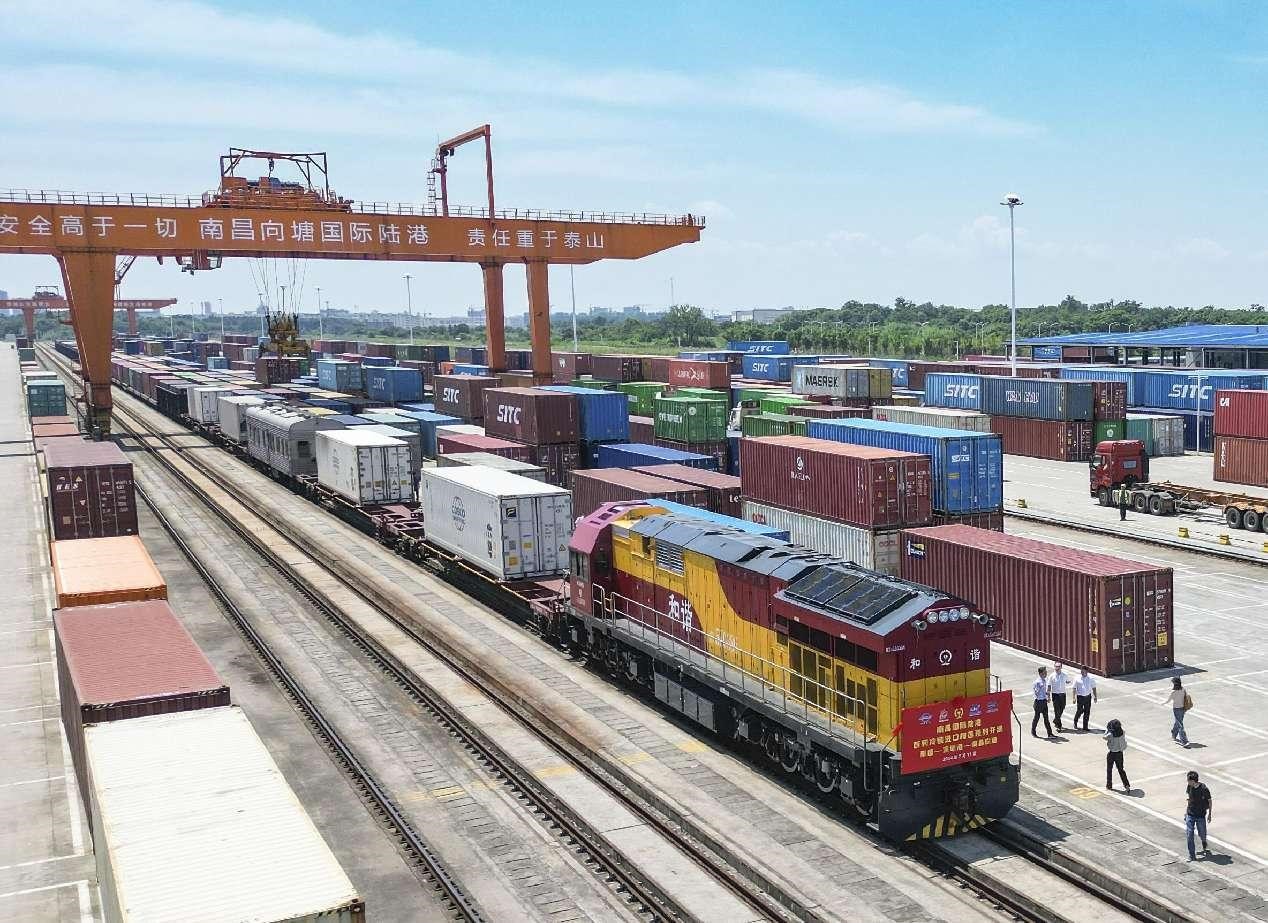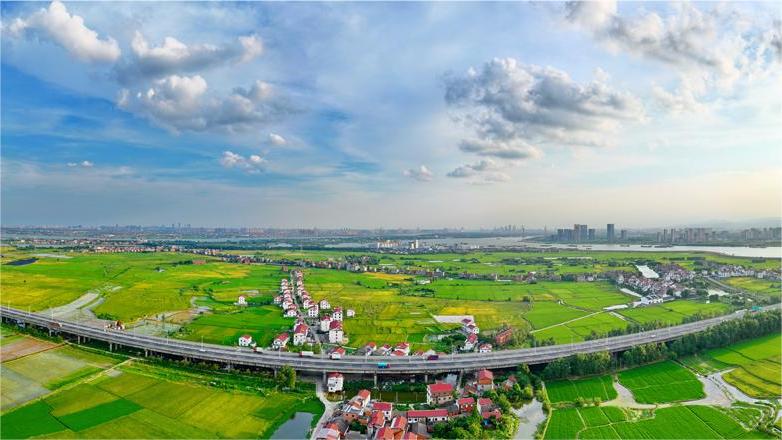China vigorously expands imports to enrich supplies for consumers
A bazaar selling popular foreign products from the annual China International Import Expo (CIIE) is drawing flocks of visitors during the ongoing summer vacation for students across the country.
The bazaar is named the CIIE Bazaar City Arena, located on Nanjing Road Pedestrian Street in east China's Shanghai. With a floor space of 500 square meters, it houses over 5,000 types of CIIE products and distinctive goods across 25 country-specific pavilions.

Tourists buy foreign products from the annual China International Import Expo (CIIE) at the CIIE Bazaar City Arena, on Nanjing Road Pedestrian Street in east China's Shanghai, May 15, 2024. (People's Daily Online/Wang Gang)
"The CIIE-themed bazaar provides us with a great opportunity to bring Sri Lankan specialties to Chinese consumers," said a staff member working in the Sri Lanka pavilion.
Since its inception in 2018, the annual CIIE has become a crucial platform to promote foreign goods in the Chinese market, leading to a rapid increase in CIIE-featured products adopted by Chinese households.
By increasing imports of high-quality products, China aims to meet people's desire for a better life and promote industrial upgrading.
In recent years, China has been pursuing high-level opening up to advance in-depth reform and high-quality development, which involves expanding import channels, lowering import tariffs, and facilitating customs clearance.
In 2023, China remained the world's second top merchandise importer for the 15th consecutive year with its imports worth $2.56 trillion and its share in the world imports at 10.6 percent.
In the first five months of 2024, the country's imports hit 7.55 trillion yuan ($1.04 trillion), marking a 6.4 percent year-on-year increase.

Photo taken on February 6, 2024 shows tourists shopping for imported products carried to China by China-Europe freight trains at a store in the waiting hall of Zhengzhoudong Railway Station in Zhengzhou, capital of central China's Henan province. The store is dedicated to imported goods via the China-Europe freight trains. (People's Daily Online/Wang Wei)
Broader import channels: By hosting international exhibitions such as the CIIE and the China International Consumer Products Expo (CICPE), and developing cross-border e-commerce, China has opened up more channels to bring in high-quality products from around the world.
"It's very convenient to buy imported goods from both e-commerce platforms and traditional marketplaces," said Zhang Yang, a Beijing resident who often purchases imported fruit wines and tea beverages at local shops near his home.
Lower import tariffs: Since January 1 this year, China has further cut its import tariffs by implementing provisional import tariff rates lower than the most-favored-nation rates on 1,010 commodities.
Currently, China's average import tariff rate is around 7 percent, lower than the 10 percent average import tariff rate of developing countries as shown by statistics from the World Trade Organization (WTO).
Faster customs clearance: On June 1 last year, Shanghai customs authorities launched a pilot reform, merging the Certificate of Importation of Cargo with an inspection sheet for imported vehicles.
This practice has enabled a recent batch of imported vehicles to go through customs procedures more quickly upon their arrival at Shanghai Haitong International Automotive Terminal in Shanghai's Waigaoqiao port area.

A cold-chain freight train loaded with durians from Thailand pulls into a railway port in Nanchang city, capital of east China's Jiangxi province, July 11, 2024. (People's Daily Online/Li Jie)
"Previously, we had to obtain the two documents from different customs service windows in sequence," according to Huang Longwu, manager of the Shanghai logistics center of Mercedes-Benz Sales Service Co., Ltd., Beijing.
Now with the requirement of only one document, the process can be completed within half a day, greatly boosting efficiency, Huang added.
China has been opening its door wider and wider to the outside world, welcoming more high-quality products and services to its market.
For instance, China's Ministry of Commerce and other departments have ramped up efforts to promote reform and opening up in the import sector.
So far, China has established 43 national demonstration zones for import promotion and innovation, along with multiple platforms for consumer goods imports and trading centers for bulk commodities, fostering in-depth integration of import with industrial development and consumption and effectively stimulating the momentum and potential for import development.
Photos
Related Stories
Copyright © 2024 People's Daily Online. All Rights Reserved.









